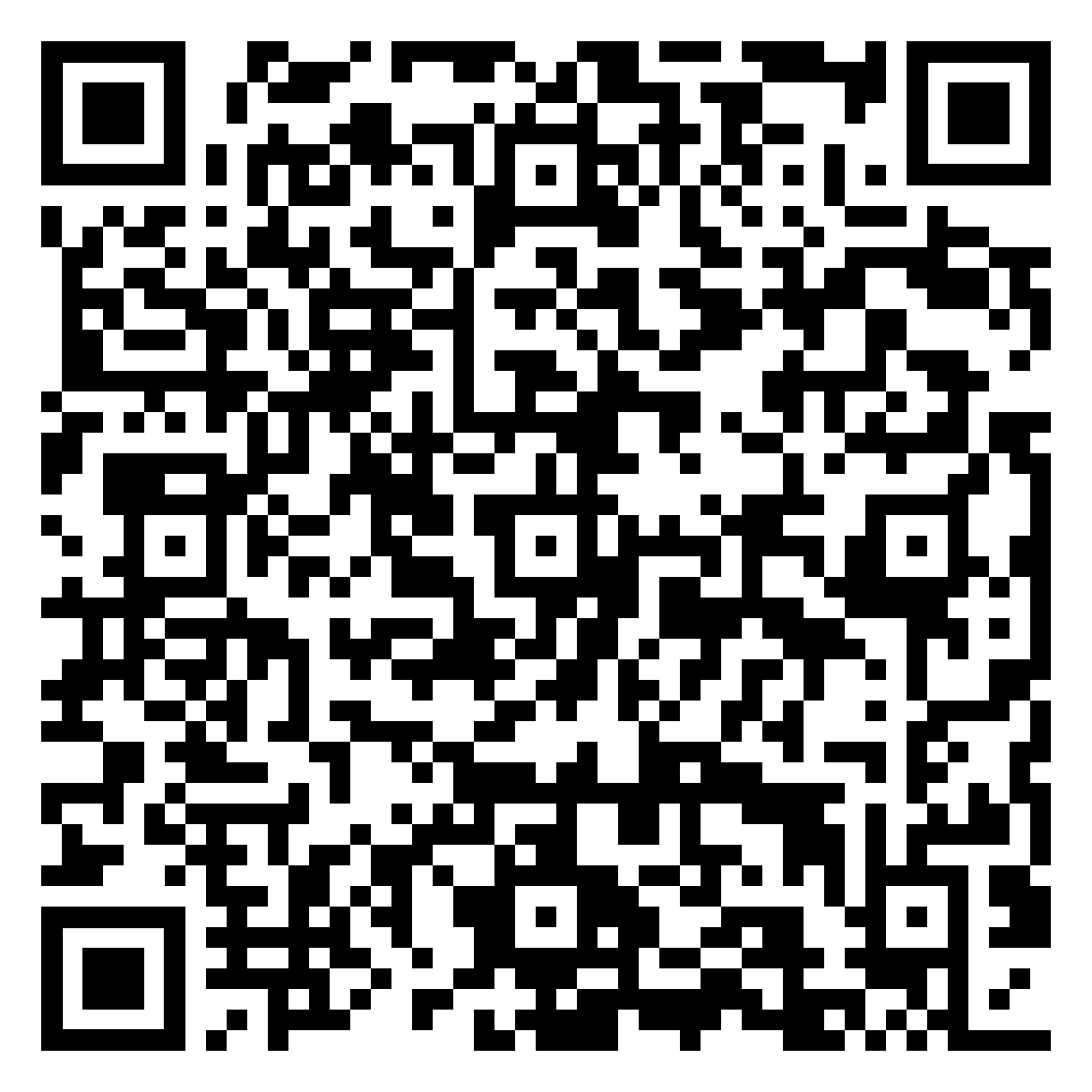Please contact us:
– to cancel or reschedule your procedure.
– for pre-procedure prep or medication questions.
What is Esophageal Manometry?
Esophageal Manometry is a procedure that measures the strength and function of the muscles in your esophagus (the “food pipe”) that work to push food and liquids from the mouth down to the stomach.
When is Esophageal Manometry used?
Esophageal Manometry is used in several situations:
- The first is to evaluate the cause of the reflux of stomach acid and contents back into the esophagus (gastroesophageal reflux disease or GERD). Symptoms of GERD include heartburn and regurgitation.
- The second is to determine the cause of problems with swallowing food, such as food or liquids getting stuck in the chest after swallowing.
- The third is to evaluate patients with chest pain that may be coming from the esophagus rather than the heart.
- Finally, a test may be needed to correctly place an acid-sensing probe (pH probe) in the esophagus (see the patient information sheet on esophageal pH monitoring).
How is Esophageal Manometry used?
Esophageal Manometry can diagnose several esophageal conditions that result in food sticking after it is swallowed. For example, achalasia is a condition in which the muscle of the lower esophageal sphincter does not relax with each swallow to allow the swallowed food into the stomach. As a result, food is trapped within the esophagus. Abnormal function of the muscle of the body of the esophagus also may result in food sticking. For instance, there may be a failure to develop the wave of muscular contraction to help propel the food down the esophagus (as can occur in patients with scleroderma). The abnormal functioning of the esophageal muscle may also cause episodes of severe chest pain that often mimic heart pain (angina). Such pain may occur if the esophageal muscle goes into a spasm (esophageal spasm) or contracts too strongly. In either case, Esophageal Manometry can identify the muscular abnormality.
Esophageal Manometry is also used to evaluate patients who might have
Gastroesophageal Reflux Disease (GERD). Manometry can identify weakness in the lower esophageal sphincter – the muscle that prevents stomach acid and contents from refluxing back up into the esophagus. The procedure can further help localize the lower esophageal sphincter which is required for monitoring esophageal pH.
Preparation for the Esophageal Manometry Test:
- The night before the test, avoid eating and drinking after midnight.
- Medications that need to be taken regularly, such as high blood pressure and heart medication, can be taken with small sips of water when you awaken in the morning.
- If you have diabetes, skipping breakfast may affect your need for diabetic medication. Generally one-half of your usual dose of diabetic medication is taken in the morning of the test. This should be reviewed with your physician or health care provider.
- Medications that are not essential should not be taken on the day of the test until after the test is completed. These medications include:
- » Pain medicines such as Demerol, Codeine, Morphine, Percodan, Percocet, Tramadol
- » Sedatives or tranquilizers, such as Valium, Librax, Ativan, Amitriptyline, Thorazine
- » Antispasmodics, such as Bentyl, Donnatal, Levsin, Robinul, Duspatalin (Mebeverine)
- » Promotility agents such as Reglan (Metoclopramide), Zelnorm (tegaserod), Erythromycin, Azithromycin, Motilium (Domperidone)
- » In certain circumstances, your physician might request some of the above medications to be held for longer periods
If you have questions about a specific medication, ask your physician or nurse.
It is important to inform your physician if you are on any blood thinners prior to scheduling the procedure.
How is Esophageal Manometry performed?
- While you are sitting up, your health care provider sprays numbing medication on your throat or applies numbing gel to your nose.
- A catheter is guided through your nose into your esophagus. The catheter may be covered by a water-filled sleeve. It doesn’t interfere with your breathing, however, your eyes might water, and you might gag. You might have a slight nosebleed from irritation.
- After the catheter is in place, you’ll be asked to either lie on your back on an exam table or to remain seated.
- You then swallow small sips of water. As you do, a computer connected to the catheter records the pressure, speed, and pattern of your esophageal muscle contractions.
- During the test, you’ll be asked to breathe slowly and smoothly, remain as still as possible, and swallow only when you’re asked to do so.
- A member of your health care team might move the catheter up or down into your stomach while the catheter continues its measurements.
- Then you will sit up and repeat the same swallow sequence depending on the protocol. Once the test is finished, the tube is carefully withdrawn.
- Esophageal Manometry takes about 45 minutes.
- Following the test, patients are usually able to resume regular activities, eat, and take medications.
What are the side effects of Esophageal Manometry?
- Esophageal Manometry is generally safe, and complications are rare. You might, however, have some discomfort during the test, including:
- » Gagging when the tube passes into your throat.
- » Watery eyes.
- » Discomfort in your nose and throat.
- After Esophageal Manometry, you might have mild side effects, which typically resolve within hours. Side effects can include:
- » Sore throat
- » Stuffy nose
- » Minor nosebleed

